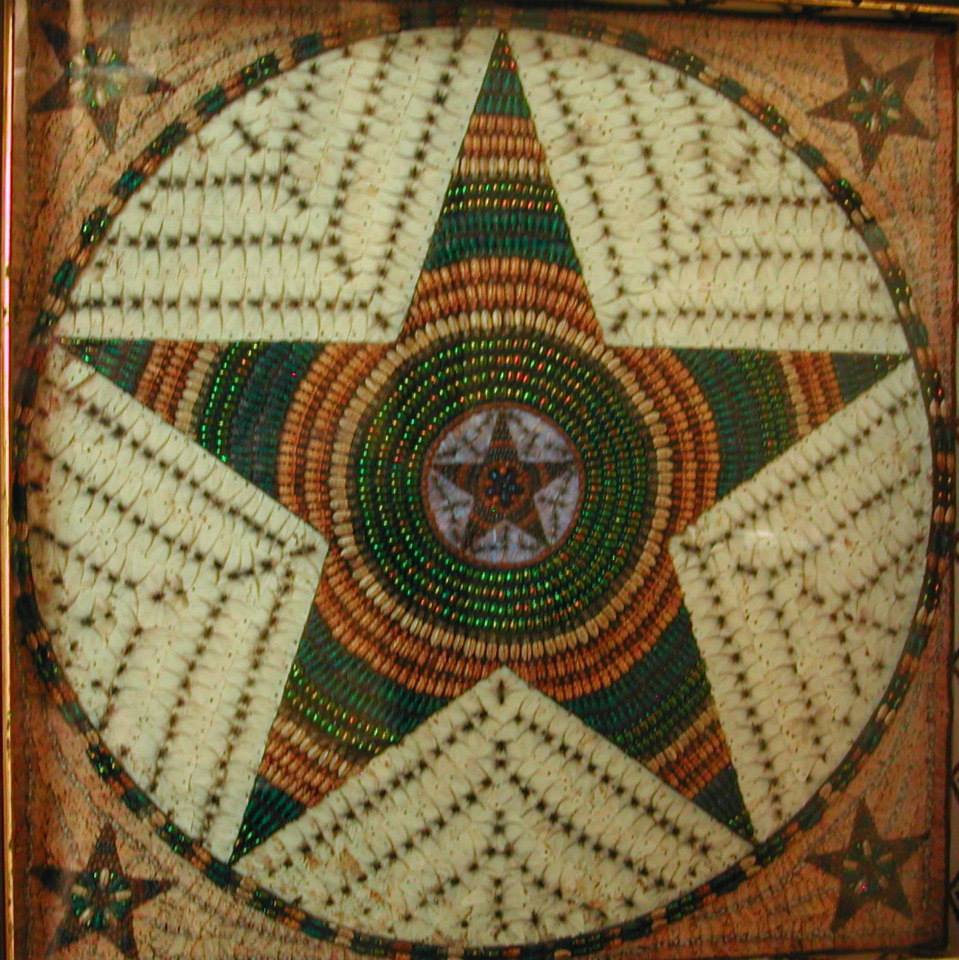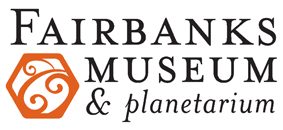
Bug Art
The Fairbanks Museum is home to the entire collection of mosaics known as “Bug Art” created by John Hampson.
Using thousand of beetles, moths and butterflies, meticulously positioned on wood and lovingly framed, his creations are a unique reflection of this artist’s vision and precision.
John Hampson was born in Stockport, Cheshire, England, on July 9, 1836. He came to the United States in 1860, and in the 1870’s, Hampson married and moved to Newark, New Jersey.
His passion for insects resulted in the creation of nine mosaics made of common moths and beetles. Each creation contains thousands of insects – ranging from 6,300 to over 13,500. Hampson decorated the frames that encase his creations with luminous beetles and colorful flies.
Hampson’s work is described in The Newark Evening News of February 17, 1923:
“Most of them are the common field flies and moths – the skippers, cabbage flies and other familiar to everyone who has a back yard. It would take perhaps three or four years for Hampson to complete one picture, mounting the insects so that the white, black, red, orange, blue and yellow wings would form pictures of famous American generals in characteristic poses, or intricate designs such as the North Star, completed in 1887, or the Centennial Wheel, finished in 1892, copies from patchwork quilts, which had won prizes at exhibitions. But no scraps of silk or calico can match the deathless coloring contained in the wings of these tiny children of the fields and flowers.”
